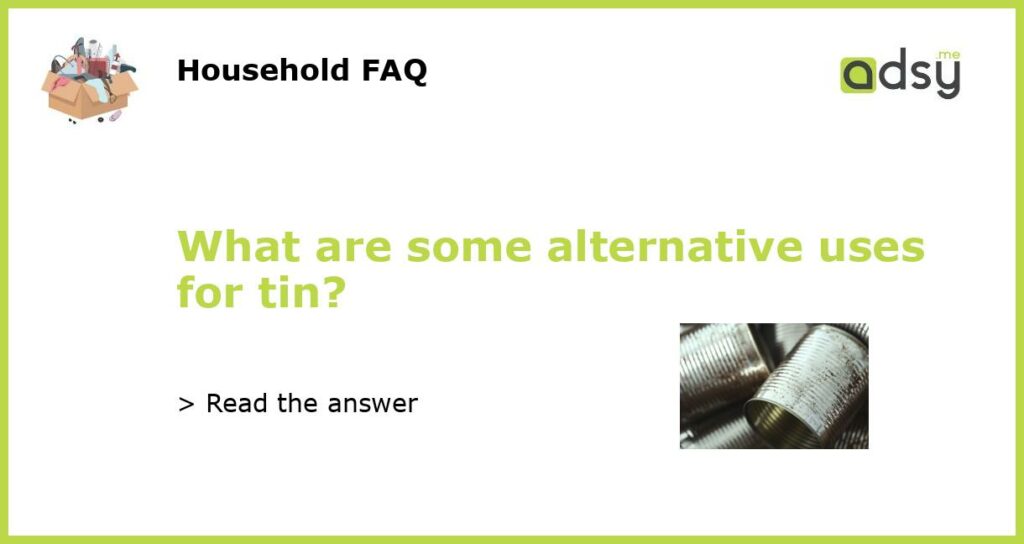Tin as a Protective Coating
Tin is commonly used as a protective coating for various materials due to its corrosion-resistant properties. One of its primary applications is as a protective coating for steel, known as tinplate. Tinplate is widely used in the packaging industry for cans and containers, providing a reliable barrier against moisture, oxygen, and other environmental factors that can cause rust and deterioration.
Tin in Electronics
Tin is an essential component in the electronics industry, particularly in the form of tin solder. Solder is a metal alloy used to join electrical components together, and tin is the primary component of most solder formulations. It has excellent wetting properties and forms a strong bond between surfaces. Tin is also used in the manufacturing of tin-plated connectors and pins, which are commonly used in electronic devices.
Tin in Alloys
Tin is often alloyed with other metals to enhance their properties. One well-known example is bronze, an alloy of copper and tin. Bronze is known for its strength, durability, and resistance to corrosion, making it a popular material for statues, sculptures, and musical instruments. Another notable example is pewter, an alloy of tin, copper, and antimony. Pewter is used to make a variety of items, including tableware, jewelry, and decorative objects.
Tin in Pharmaceuticals
Tin compounds have several applications in the field of pharmaceuticals. One common use is in organotin compounds, which have been found to have antimicrobial properties. These compounds are used in the synthesis of various drugs and are particularly effective against fungi and bacteria. Tin(IV) oxide, another tin compound, is utilized as a protective coating for tablets and capsules, helping to control the release of the active pharmaceutical ingredients.
Tin in Glass and Ceramics
Tin oxide is a vital ingredient in the production of glass and ceramics. When added to these materials, tin oxide acts as a flux, lowering the melting point and improving the properties of the final product. It also helps to increase the transparency and refractive index of glass, making it suitable for applications such as glass coatings, optical lenses, and glass fibers. In ceramics, tin oxide is used to create glazes that provide a shiny and smooth surface finish.






